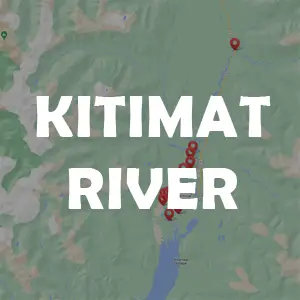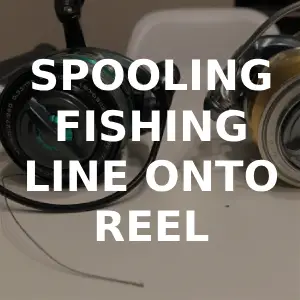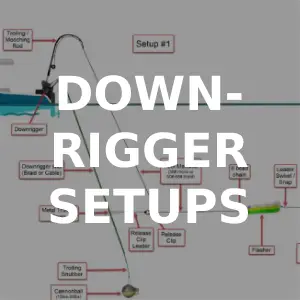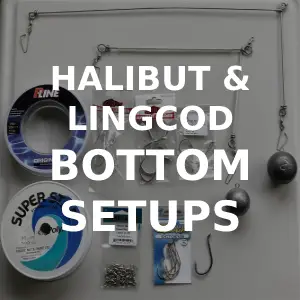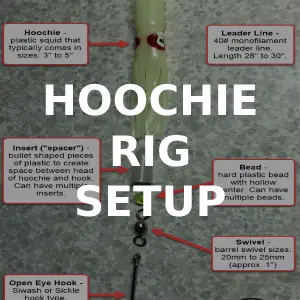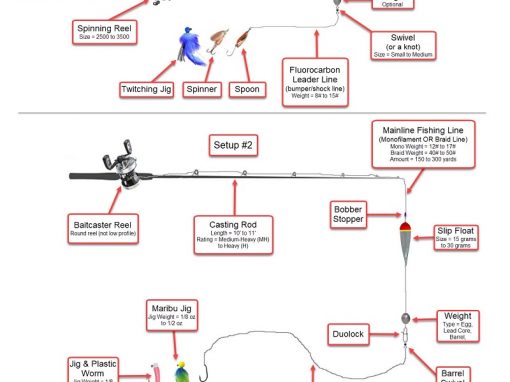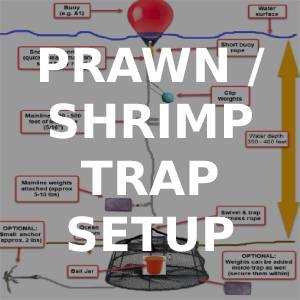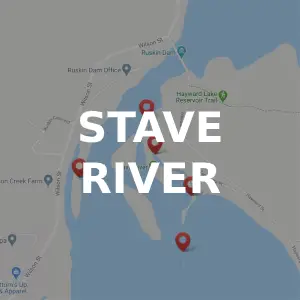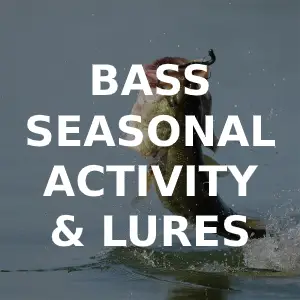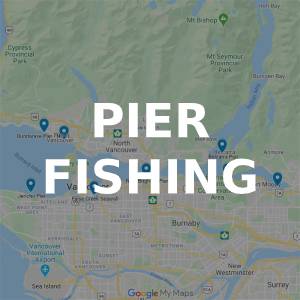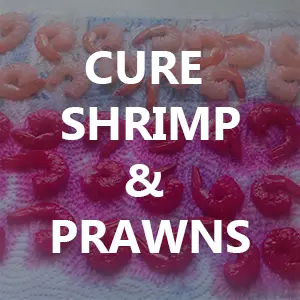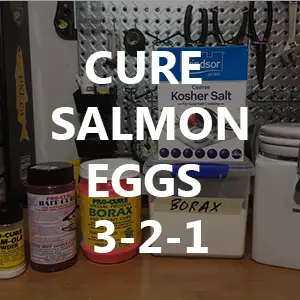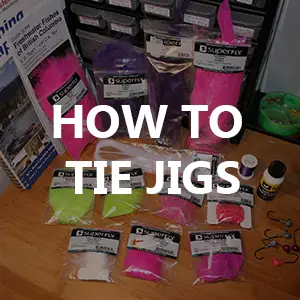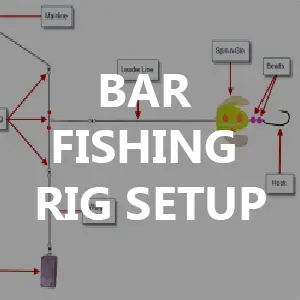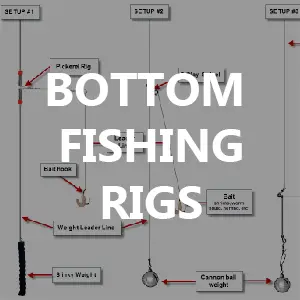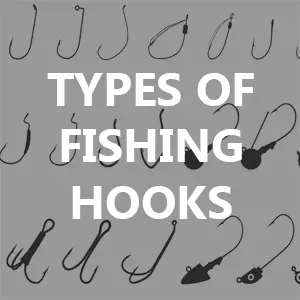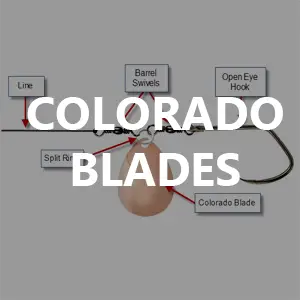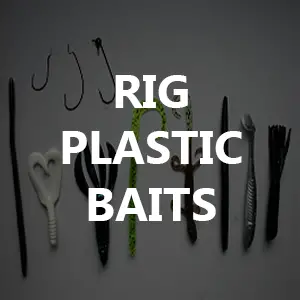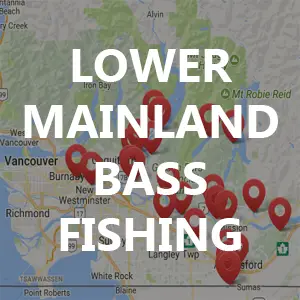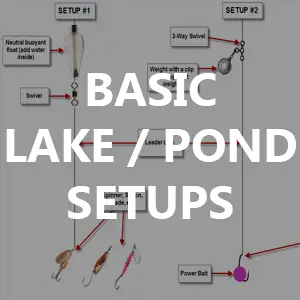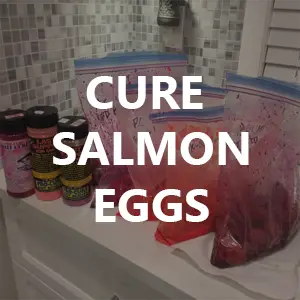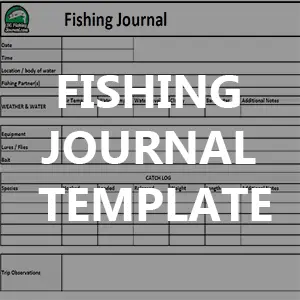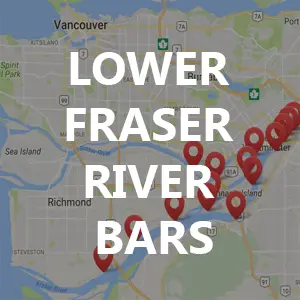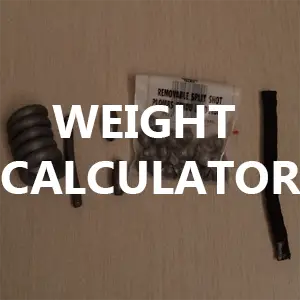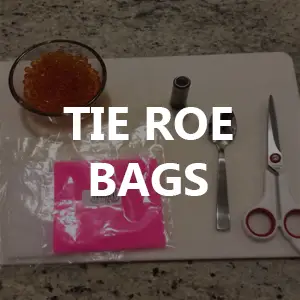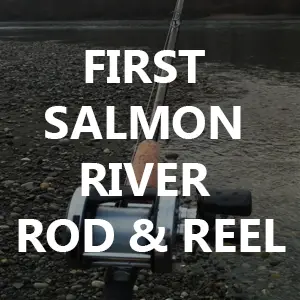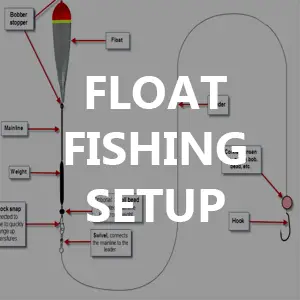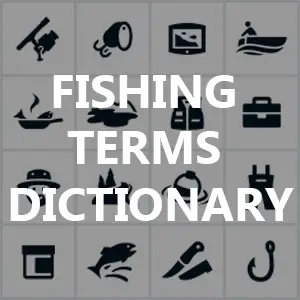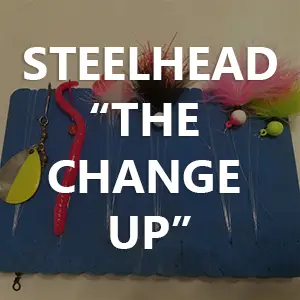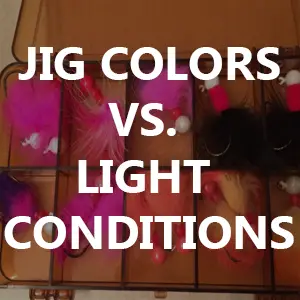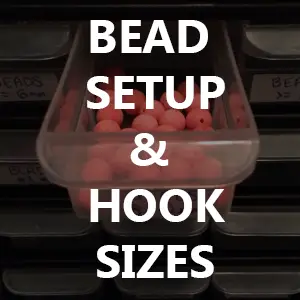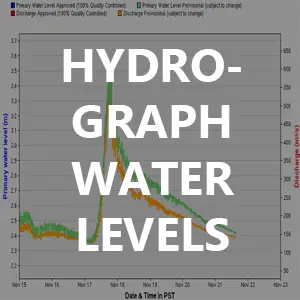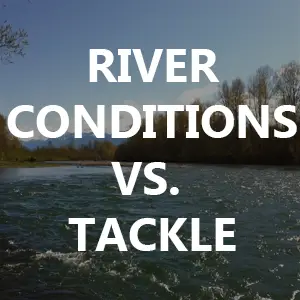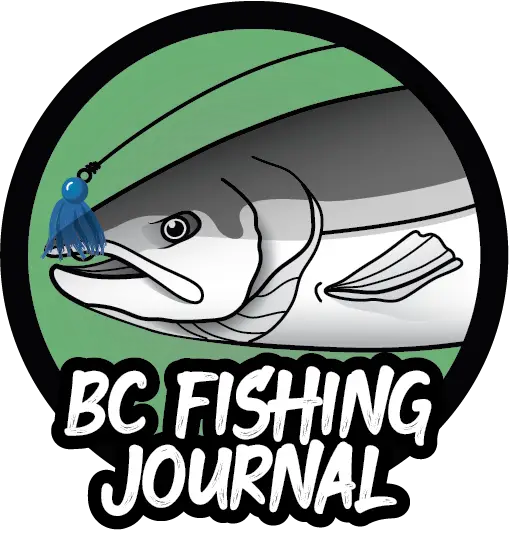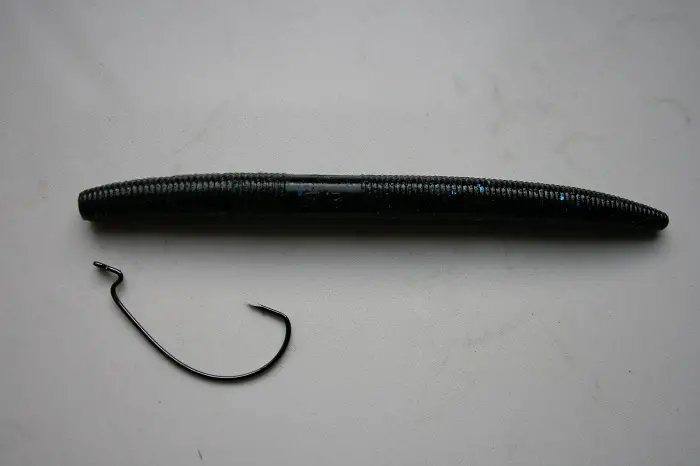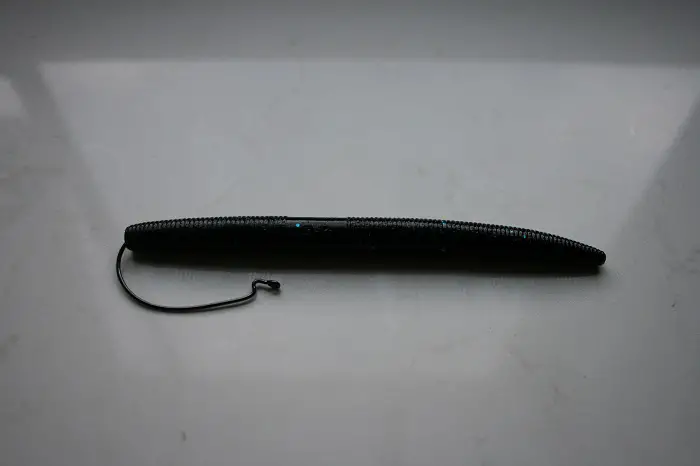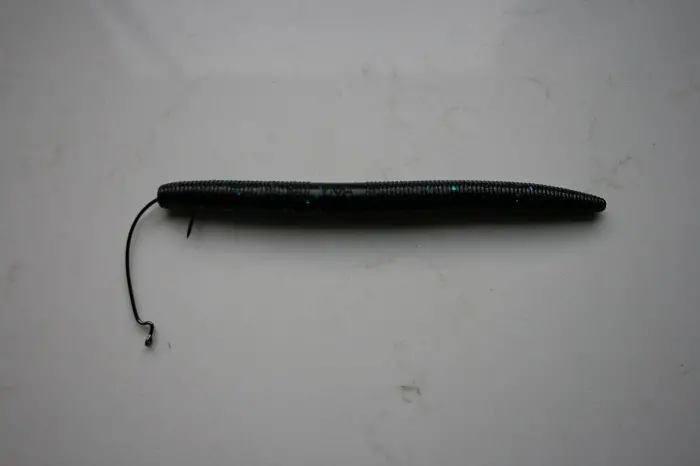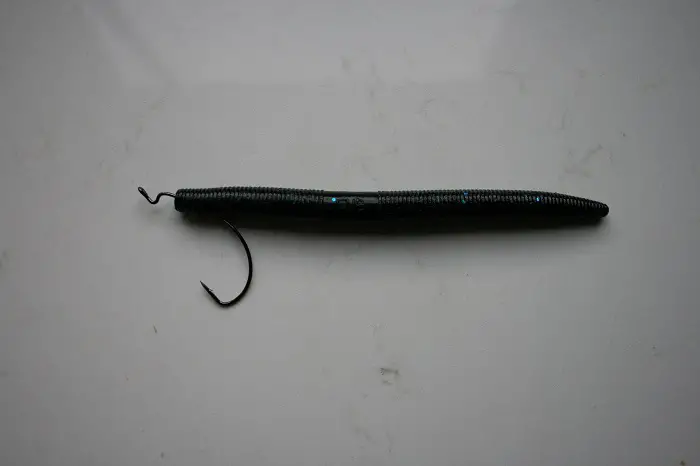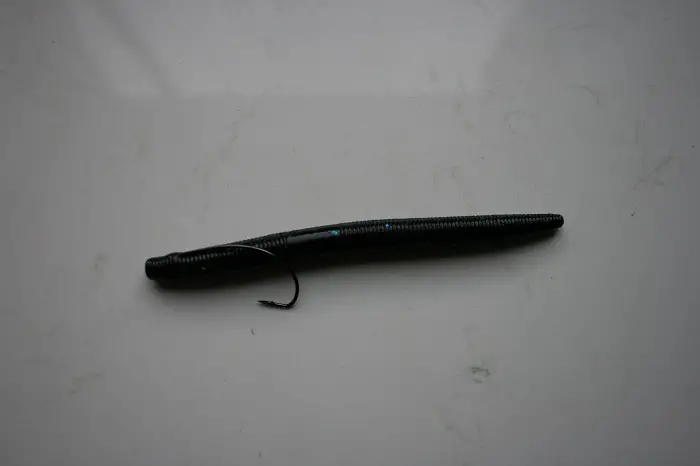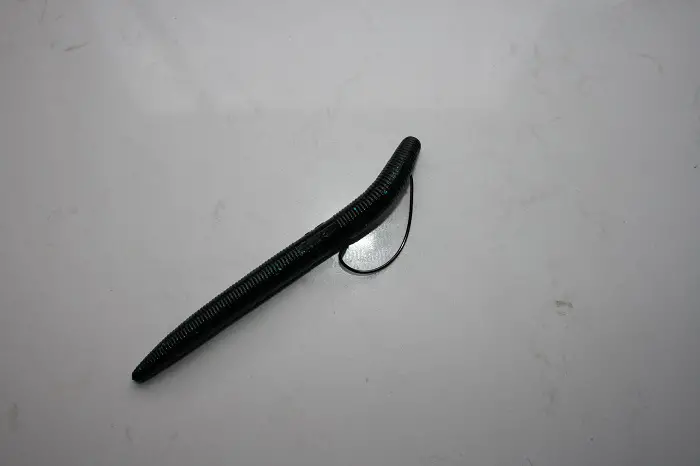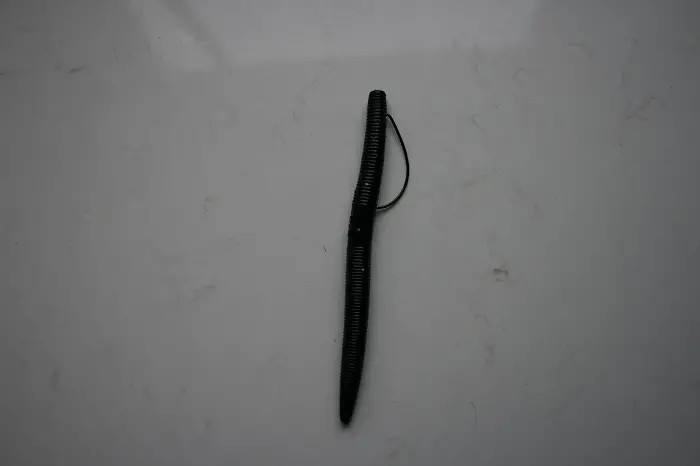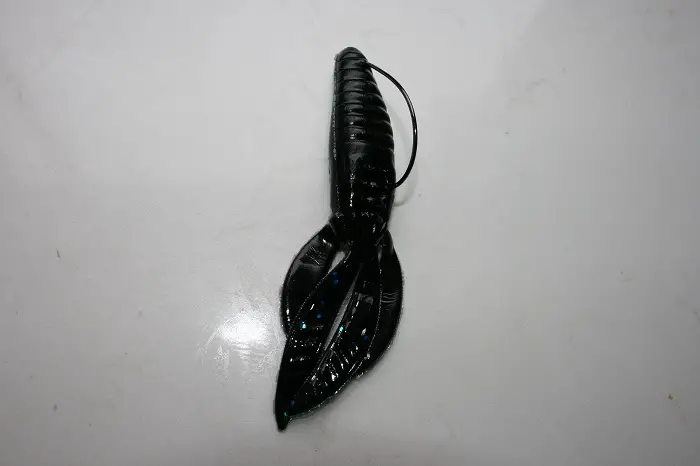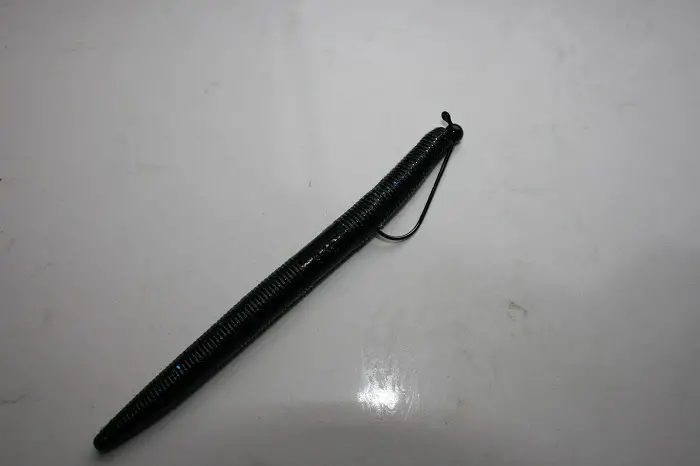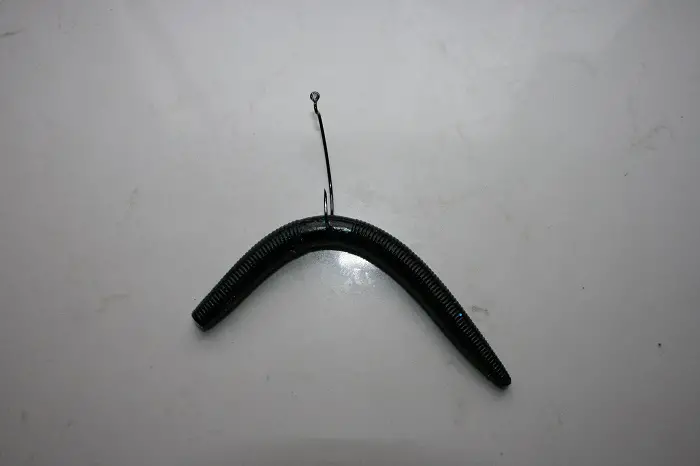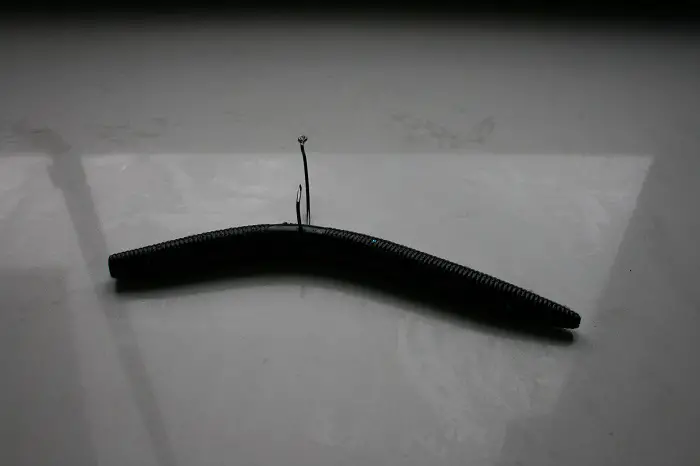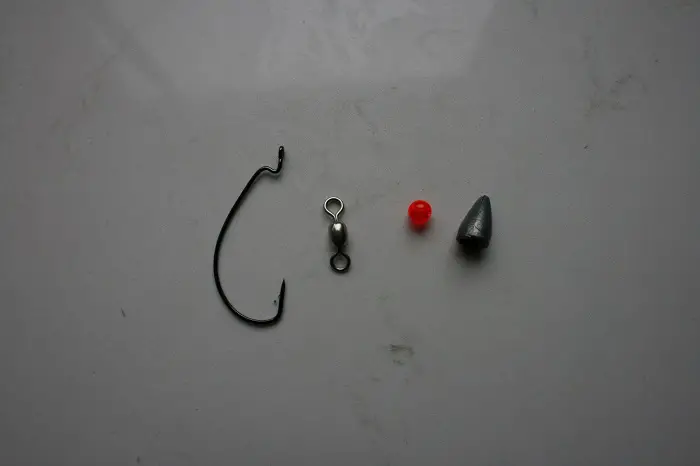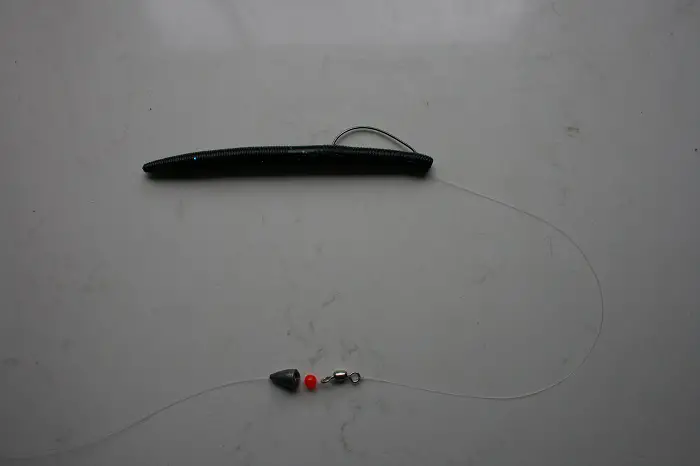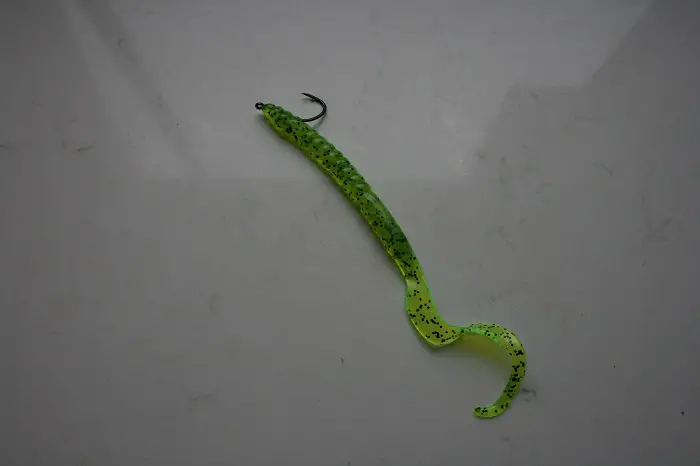How to Rig Plastic Baits (Texas, Carolina & Drop Shot)
The Texas Rig, Carolina Rig, the Drop Shot and Wacky Rigging are some of the most popular soft plastic setups when it comes to Bass fishing. Although, I think it’s important to note that these setups can be used for any fish species. Bass fishermen came up with the techniques (or at least named them) and that’s why they’re often attributed to Bass fishing.
In this guide I’ll outline how to set up each of these rigs, along with some tips on how to fish them. The focus of the fishing tips will be for bass. Many anglers define/use these rigs in a variety of ways, so if you’ve read something on the contrary it’s certainly all wrong. Kidding… These are my take on the rigs, but just know there are a lot of interpretations and uses of them.
The Texas Rig
This is one of the most popular and well known plastic bait rigs that every fisherman should know (especially Bass anglers). The Texas rig is a foundation rig that’s used in different setups, such as Carolina rig, drop shot rig and shaky rig to name a few. It’s a quick and easy setup that can be applied to most soft plastic baits: worms, creatures, tubes, stickbaits, tails, craws, trailers, toads, beavers, the list never ends. In the short video below I outline step-by-step instructions on how to Texas rig a plastic bait.
How to Tie a Texas Rig (for more in-depth details see video):
- Insert the hook point into the nose of the worm first, you’ll need to push the point in about ½ inch.
- Circle it down and out of the “belly” of the bait.
- Slide the worm a bit up the shank of the hook and onto the offset (eye of the hook).
- Hold the worm against the tip of the hook to determine where the exit point of the hook will be.
- A little below the exit point push the point into the belly, angling toward the nose.
- Ensure the hook is hidden within the bait, with the hook close to inner edge but not exposed.
- Lastly, the bait should sit perfectly straight (aligned) with the eye of the hook. Meaning, when you hold the bait up it will be hanging in a straight line with no kink or bend in the bait. You may need to “play” with the bait in order to get it perfect.
Texas Rig Fishing Tips
Whether fishing from shore or in a boat search for cover where fish will be holding. Cast your bait beyond the cover, and allow the rig to sink to the bottom. The retrieval will variate depending on what type of structure you’re fishing. Typically, the Texas Rig is slowly retrieved and fished off (or close too) the bottom. Give the bait some action by twitching, shaking or cranking the rod while you’re slowly reeling in. My favorite is a slow retrieval with a twitch by lifting the rod tip up, this brings the bait off the bottom to sink back down a few feet closer as I reel.
Change up your retrieval speed and action based on water temperature. When water temperatures are colder (e.g. during Winter) the fish’s metabolism slows down and so does their activity. In those conditions, you should be slowing down your retrieval and action on the bait. And on the other spectrum, when the water temperatures are warmer the fish can be more active so a faster speed or more action on the bait is recommended. This all said, temperature may have nothing to do with the fish activity that day and everything opposite to what I’ve said will work. As they say, “that’s fishing”. The point being, keep changing it up until you find success.
When using a weight on the rig, the general rule is the deeper the water, the heavier the weight. This ensures you’re getting the bait to the bottom quicker. Additionally, fishing heavier cover can impact the size of the weight as well. The general rule is the heavier the cover/foliage, the heavier the weight. Again for the same reasons as the depths, these heavier weights ensure the bait is getting through the think cover to where the fish are. Lastly, on a windy day or if there is some sort of current in the water, you’ll want some sort of weight to ensure the bait is getting down to the bottom.
Wacky Rig
I wanted to include a short note on the Wacky rig as it’s often used in parallel to a Texas rigged plastic. The main difference between Texas and Wacky is how the plastic bait is put on the hook. Additionally, the type of hook can be different than a Texas rig as you don’t require an offset hook style (hook recommendations below).
In my opinion, the wacky rig is the easiest way to setup a plastic bait, as you’re simply piercing the bait in the middle and letting it hang in between the gap of the hook (on the the bend section of the hook). The point of the hook is not buried like the Texas rig but is exposed. For example, see the photos above.
Types of hooks to use with the wacky rig, I’d recommend weedless wacky hooks. This provides a weedless setup which provides more fishing opportunities in cover. Alternatively, I would use Finesse wide gap or Octopus hooks.
Lastly, there are O-rings that can be used with the wacky rig to help preserve your plastic bait after multiple bites. Personally, I’m not a fan of these but if you’re going through a lot of plastic baits, they’re worth looking into.
The Carolina Rig
This is another plastic bait rig similar to the Texas rig, except with the weight, set over the hook, rather than sliding down to it. It originated in South Carolina a few decades ago. It was not very popular until a man named Jim Nolan used it to win the Bass Master competition in 1991. One important thing to always remember when using Carolina rig is to always use bait that floats.
How to Tie a Carolina Rig (for more in-depth instructions see video):
- On the mainline, slide on your 1/8 – 2 ounce weight.
- Below weight, add a small bead (protects knot to the swivel).
- The end of your mainline tie a barrel swivel (use your most trusted knot).
- Tie a 10″ – 30″ leader line to the other side of the swivel (again, use your most trusted knot). For clearer water, I recommend using fluorocarbon leader line. Important to ensure the weight of your leader line is less than mainline. For example, if you have a 15 lb mainline, you should have 8-10 lb leader.
- Tie a floating bait (typically Texas rigged or weedless) to the end of the leader line.
Carolina Rig Fishing Tips
As the Carolina rig is structured to fish off the bottom, the fishing method used is often called “dragging”. Which as you can likely guess, is dragging your bait along the bottom. Once you cast and allow your weight to reach the bottom you simply retrieve your bait at a slow speed. You’ll need to change up your retrieval speed to find out what’s triggering a bite. Sometimes simply leaving the bait absolutely still can get that fish to bite.
A very important note on the Carolina rig is to ensure your bait floats. Want to ensure as we’re dragging the weight along the bottom the bait is floating just off the bottom. Use plastics that mimic the type of bait that would be on the bottom of the water you’re fishing. For bass, I recommend using a lizard, plastic worm with curly tail, craw or other creature baits. These baits can also be used for many other species like walleye, trout, or pan fish.
When fishing the Carolina rig, try to avoid heavy thick weed beds as the dragging technique will continually get hung up. It works best in sparse weed beds, gravel, base of structures, flats or any type of open water/bottoms.
The Carolina rig can be set with a weight as heavy as 2 ounces without reducing the bait action, so it is the perfect option for fishing deep water fish. Lastly, a longer rod with a sensitive tip can help you “feel” the bite in addition to your dragging weight, this will increase hook sets.
The Drop Shot
A Drop Shot rig is a hook that is followed by a leader line tied to a weight. The goal of the setup is suspend a bait off the bottom. The weight that hangs below the hook is dropped to the bottom and the bait is lightly shaken to attract attention. Lighter line, smaller hooks and spinning gear is recommended as the bait is stationary and clearly viewed by the fish. The Drop Shot rig is a great “finesse” soft plastic setup/technique but is very versatile and can be used pretty much anywhere.


How to Rig a Drop Shot
- Tie a Palomar knot to a small hook (Finesse wide gap, Open bend hook, or Octopus style). Hook sizes generally should be between 2 to 2/0, the most commonly used sizes are 2 or 1 (see hook sizes tip). The Palomar knot is the most challenging step in this Drop Shot setup, as you’ll need to leave a 15″ – 20″ tag end (see diagram). Note: You can use any knot as long as there is that long tag end at the end available.
- There is an extra step after cinching the Palomar knot with the long tag end, and that’s to put the tag end back through the top of the eye of the hook, ensure you go through from the hook point side. This ensures the hook will sit perpendicular to the line (see diagram step #4) when the weight is added below.
- The tag length dictates the height above the bottom you’ll be fishing.
- Tie a weight to the end of the tag end. A typical weight should be between 1/8 to 1/4 ounce but that can vary. Any drop shot weight will work, I also like using slinky weights which avoid being snagged in rocks / branches.
- The bait can be hooked/rigged in many ways: nose hooked, wacky rigged, Texas rigged, jig setup, and many more.
The Drop Shot Fishing Tips
The drop shot setup imitates a dead bait that can be used in many fishing scenarios. It’s productive when targeting fish in the lower water column along deep water ledges or channels. That said, you can throw a drop shot in shallower water between logs, or just above the grass lines, it’s a dynamic setup!
The rig is easy to use and does not need any fancy tricks. Simply flip the setup out and let it sink to the bottom and then let it sit still. Small rod twitches and the natural flow of water will impart all the action the bait needs. The way the hook is setup on the line the smallest rod movements will create action on the bait. In shallower fishing situations use smaller movements on the rod, and with deeper situations you can apply bigger movements on the rod (as there will be more slack in the line).
Again to reiterate how dynamic this setup is, it’s not strictly a finesse fishing setup. You can cast it out, retrieve and work it just as you would a Texas or Carolina rig. That’s why it’s one of my favorite setups for targeting many species feeding off/near the bottom.
Additional Tips

